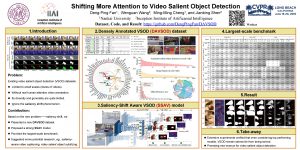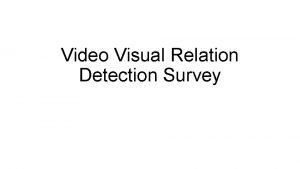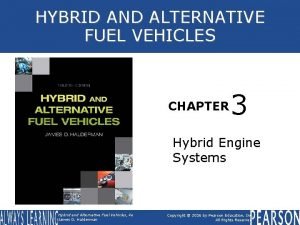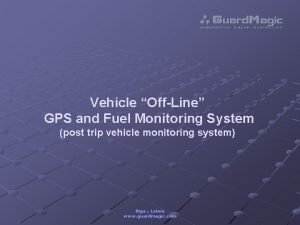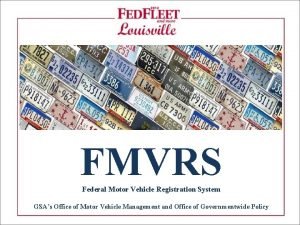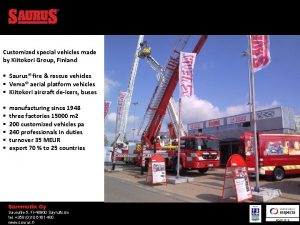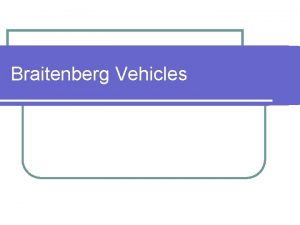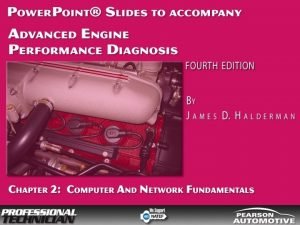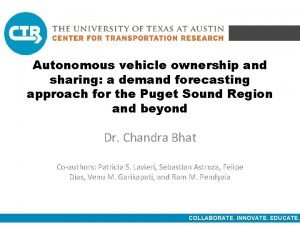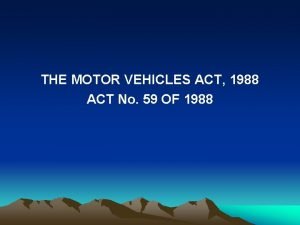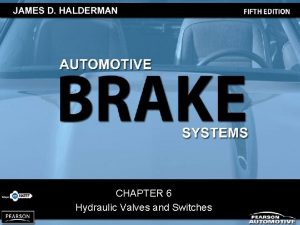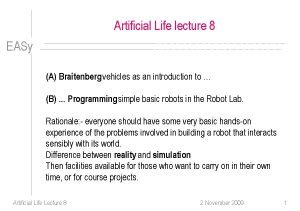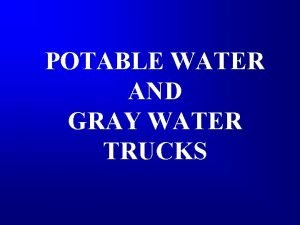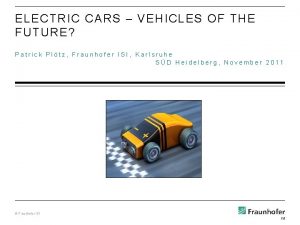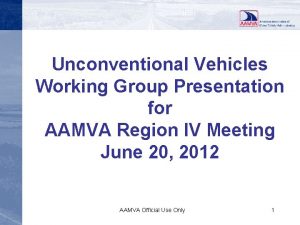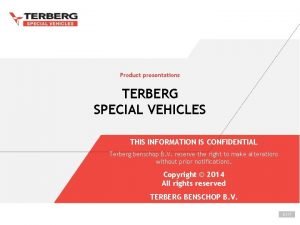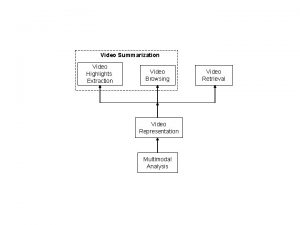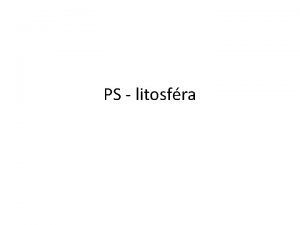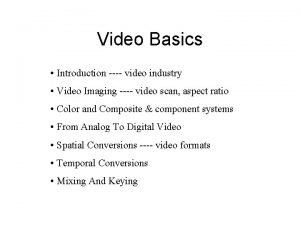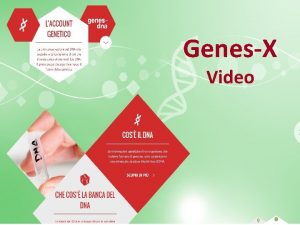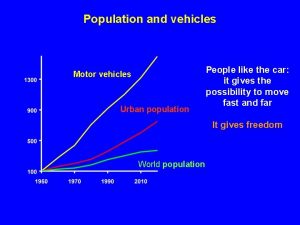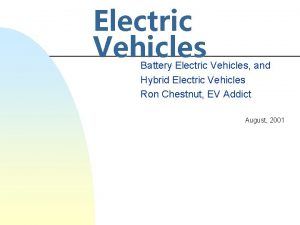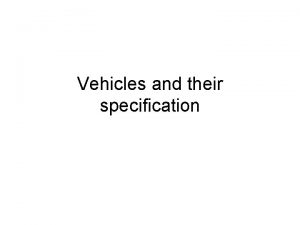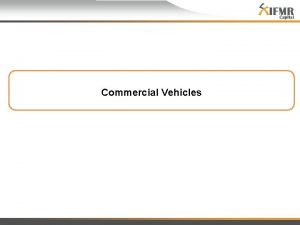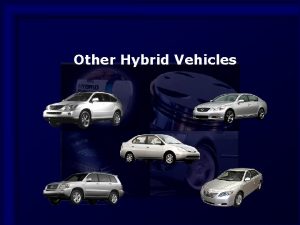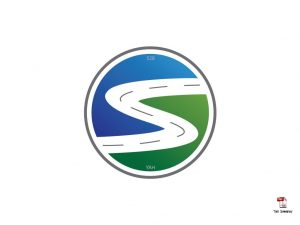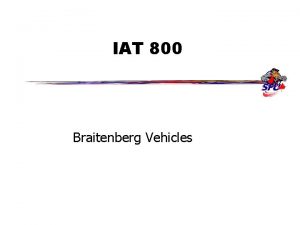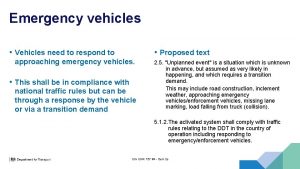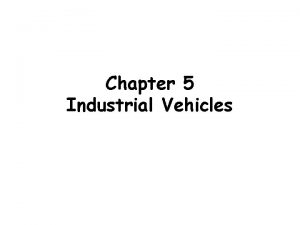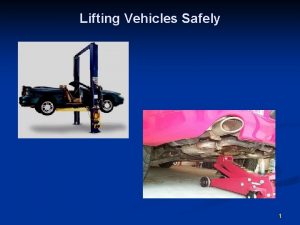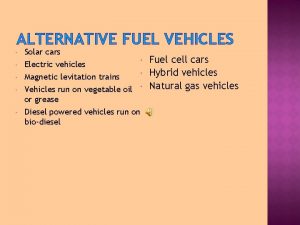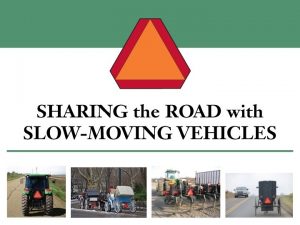DETECTION AND CLASSIFICATION OF VEHICLES FROM A VIDEO






























![EXPERIMENTAL DATA Method [1]: Method [10]: ICPR 2002, IICETC 2009 In. J. Intel. Eng. EXPERIMENTAL DATA Method [1]: Method [10]: ICPR 2002, IICETC 2009 In. J. Intel. Eng.](https://slidetodoc.com/presentation_image/4d602bcc7015456f01efcbfe917f2733/image-31.jpg)



- Slides: 34

DETECTION AND CLASSIFICATION OF VEHICLES FROM A VIDEO USING TIME-SPATIAL IMAGE NAFI UR RASHID, NILUTHPOL CHOWDHURY, BHADHAN ROY JOY S. M. MAHBUBUR RAHMAN Department of Electrical and Electronic Engineering Bangladesh University of Engineering And Technology Dhaka – 1000, Bangladesh ICECE 2010

WHY VEHICLE DETECTION AND CLASSIFICATION SYSTEM (VDCS)? • Traffic flow parameter extraction • Intelligent transportation system • Automated traffic control • Automated vehicle counting • Automated checking of toll collection • Toll booth – Bridges, Avenues • Parking lot – Hospital, Shopping Mall • Detection of traffic violation • Speed monitoring • Lane monitoring ICECE 2010

COMMON TECHNIQUES Mechanical techniques - • Induction Loop Sensor • Pneumatic Road Tube • Weight-in-motion Sensor • Piezoelectric Cable Sensor ICECE 2010

LIMITATIONS • • • High space requirement High installment & maintenance cost Setup & repair process time consuming Calibration Mechanical Error Hardware Based ICECE 2010

SMART APPROACH - VIDEO PROCESSING • Nonintrusive method. • Less installation and maintenance cost. • No disruption of traffic for installation and repair. • Remote traffic surveillance • Efficient classification of vehicles • Software based • Features & parameters are adaptive • Advanced DSP algorithms could be applied ICECE 2010

EXISTING VIDEO-BASED DETECTION SYSTEM Motion-based systems • Optical Flow • Gaussian Model • Background Subtraction Problems of existing systems: • Heavy computational load • Highly sensitive to jittering & pixel intensity • Less suitable for real-time implementation ICECE 2010

PROPOSED METHOD VIRTUAL DETECTION LINE BASED METHOD • Time Spatial Image (TSI) Generation • contains both temporal and spatial information • Vehicular width can be approximated • Ensures faster extraction of Key Vehicular Frame (KVF) • Tracking independent • Only one frame per classification • Simple yet efficient • Low computational load ICECE 2010

VIRTUAL DETECTION LINE Frame 21 Virtual Detection Line A strip of pixel perpendicular to the direction of vehicle travelling ICECE 2010 Bac

TSI GENERATION Frame 12 ICECE 2010

TIME SPATIAL IMAGE (TSI) Frame 692 ICECE 2010

EDGE DETECTION EDGE DETECTOR ICECE 2010

MORPHOLOGICAL OP. EDGE DETECTOR MORPHOLOGICAL OPERATIONS ICECE 2010

TSI PROCESSING Source video TSI Vehicular Bounding Blob (TVB) Center of Bounding Width Box ICECE 2010

TSI PROCESSING Center of Bounding Box ICECE 2010

KEY VEHICULAR FRAME A time frame on which the midpoint of the vehicle is approximately on the VDL • Only KVF requires further processing • No background processing required Car 1 ICECE 2010 Leguna Car 2 Bike Bac

SEGMENTATION TSI ICECE 2010 KVF

MORPHOLOGICAL OP. Canny Edge Detection Blob = ((Im⊕Obj)ΘObj) Obj = 5 x 5 rectangle Filling ‘holes’ ICECE 2010

FEATURE EXTRACTION q Shape-based feature q Extracted from vehicle blob of TSI & KVF Feature Selection Criteria: §Distinctiveness §Computational efficiency §Sensitivity to environment §Non-Redundancy ICECE 2010

FEATURES . Selected Shape-Based Features: Ø TVB Width Ø Length-Width Ratio Ø Major Axis-Minor Axis Ratio Ø Area Ø Compactness Ø Solidity ICECE 2010

FEATURES TVB Width: Vertical length of the segmented region of TSI Vehicle Blob ICECE 2010

FEATURES Length-Width Ratio : ICECE 2010 .

FEATURES . Major Axis-Minor Axis Ratio: • This ellipse has the same normalized second central moments as the segmented region. ICECE 2010

FEATURES . Area: • Number of white pixels in the segmented region. ICECE 2010

FEATURES . Compactness: • Determines how compact(circular) a shape is. ICECE 2010

FEATURES . Solidity: • Convex Area is the area of smallest polygon that contain the region ICECE 2010

FEATURE VECTOR TABLE ICECE 2010

CLASSIFICATION K- Nearest Neighborhood (KNN) § Linear § Weighted Distance Measurement § Majority Voting Why KNN? § Sufficiently low computational complexity § Standard & optimum § Significantly good classification performance. ICECE 2010

CLASSIFICATION Steps of obtaining Training Data Set: § Feature vectors were obtained from handpicked vehicles § Obtained feature vectors were partitioned with Fuzzy CMeans Clustering algorithm Why FCM? § Reduction of memory requirement § Speeding up of searching time Majority voting among the training data set determines vehicle class ICECE 2010

EXPERIMENTAL SETUP • Camera Elevation: 21 feet • Camera Angle: 45 degrees • Frame Rate: 25 fps • Resolution: 144 x 176 pixels • Color Profile: Monochrome • Weather Condition: Sunny, Cloudy, Normal • System Specification: Intel Pentium D 2. 66 GHz, 1 GB DDR 2 RAM ICECE 2010

BLOCK DIAGRAM Object Detection Video -Input Extracted Frames KVF Extractio n Feature Extractio n KNN V D L Blob Detection TSI Generation ICECE 2010 Class Type Trainin g Dataset
![EXPERIMENTAL DATA Method 1 Method 10 ICPR 2002 IICETC 2009 In J Intel Eng EXPERIMENTAL DATA Method [1]: Method [10]: ICPR 2002, IICETC 2009 In. J. Intel. Eng.](https://slidetodoc.com/presentation_image/4d602bcc7015456f01efcbfe917f2733/image-31.jpg)
EXPERIMENTAL DATA Method [1]: Method [10]: ICPR 2002, IICETC 2009 In. J. Intel. Eng. Sys. 2009 ICECE 2010 Total Frames: 3082 (Sequence 1) Method [1]: 35. 4 s

FUTURE WORK § Introduction of texture based & motion invariant features to reduce classification errors § Multiple VDL • Speed Calculation • Improved detection & classification • Occlusion minimization ICECE 2010

CONCLUSION § Significant improvement in terms computational load §Efficient designing of intelligent transportation system § Significantly low misclassification & misdetection rate than that of traditional methods § Practically implementable in many important sectors ICECE 2010

THANK YOU………
 Shifting more attention to video salient object detection
Shifting more attention to video salient object detection Video visual relation detection
Video visual relation detection Textd
Textd Gravity yahoo
Gravity yahoo Videos yahoo search
Videos yahoo search Digital media primer
Digital media primer Momentum and impulse poem
Momentum and impulse poem Hybrid and alternative fuel vehicles
Hybrid and alternative fuel vehicles Plugins and delivery vehicles in multimedia
Plugins and delivery vehicles in multimedia Nascar motors assembles and sells motor vehicles
Nascar motors assembles and sells motor vehicles Ue4 vehicle movement
Ue4 vehicle movement Fuel monitoring system for trucks
Fuel monitoring system for trucks Monophasic liquid dosage example
Monophasic liquid dosage example Trade oriented sales promotion
Trade oriented sales promotion Fmvrs
Fmvrs Kiitokori group
Kiitokori group Vehicles valentino braitenberg
Vehicles valentino braitenberg Semi solid vehicles
Semi solid vehicles All obd ii vehicles use what type of read-only memory?
All obd ii vehicles use what type of read-only memory? Gso technical regulations for motor vehicles
Gso technical regulations for motor vehicles Forecasting demand for autonomous vehicles
Forecasting demand for autonomous vehicles Motor vehicles act 1988
Motor vehicles act 1988 Autonomous car ppt
Autonomous car ppt Future combat systems manned ground vehicles
Future combat systems manned ground vehicles A brake system metering valve
A brake system metering valve List some reasons why mvs rejects road test vehicles.
List some reasons why mvs rejects road test vehicles. Braitenberg vehicles simulation
Braitenberg vehicles simulation Preposition of vehicles
Preposition of vehicles Puaveh001
Puaveh001 Potable water vehicles
Potable water vehicles Massachusetts department of motor vehicle
Massachusetts department of motor vehicle The mutcd states all workers
The mutcd states all workers Subcompact car
Subcompact car Unconventional vehicles
Unconventional vehicles Terberg special vehicles
Terberg special vehicles
